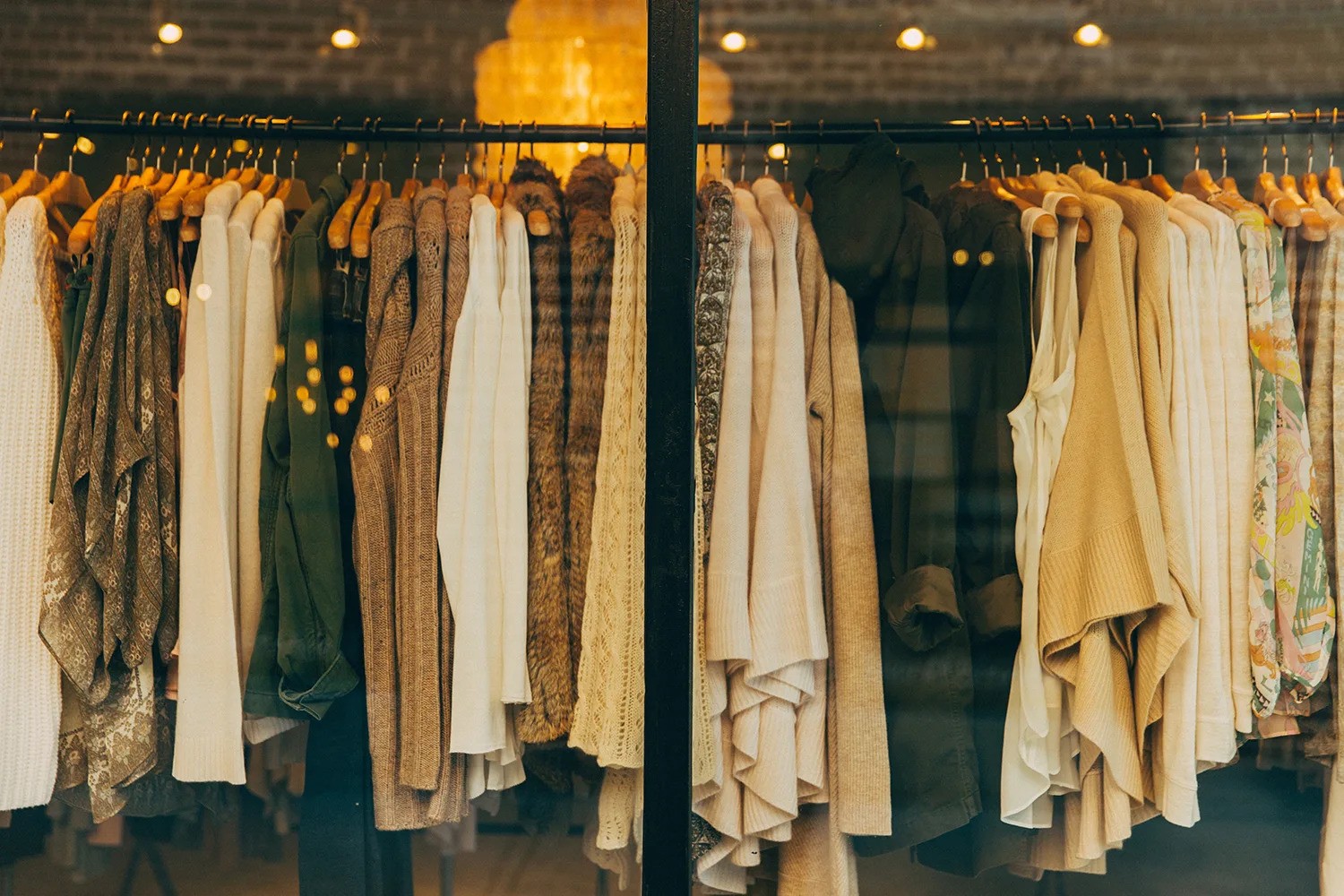

What does the future of retail hold? A seismic shift in the market is underway, and retailers are racing to ensure they’re able to meet the needs of demanding shoppers.
Fast, Faster, Fastest
You might be tired of hearing it, but Amazon has changed the game in terms of consumer expectations of delivery speed. With two-day shipping a standard perk of Amazon’s Prime membership, more than 54 million Americans who have signed up for the e-commerce giant’s $99-a-year plan are now accustomed to receiving their orders in a mere 48 hours.
The future of retail in the near term means instant gratification is inching closer to reality. You want something? With the click of an Amazon Dash button, or simple voice command to Alexa or Echo, it’s as good as yours. In-store pick-up is already growing in popularity, and now curbside and drive-through order collection are becoming a reality as consumers demand more convenient options for their hectic lives.
Your sales associates may be feeling the time crunch, too. Regardless of how busy a shift is, customers still want fast, efficient service. Make sure your store is adequately staffed to meet demand. Using people counting data can help you anticipate the days, seasons, and times your store has the most traffic and make sure the right number of sales associates are scheduled so customers don’t have to wait.
Make It Personal
A few decades ago, conformity was king (remember when Abercrombie tees were the de facto cool-kid uniform?). Today, however, each consumer wants to be known for the unique individual that he or she is, which explains why recent history has brought an explosion in made-to-measure apparel companies (Indochino, eShakti), custom footwear (Shoes of Prey, Nike ID), personalized style subscription services (Stitch Fix, Dia&Co) and myriad other tailor-made or carefully curated goods and services.
In the future of retail, merchants will be marketing to an audience of one — many times over. Sending the right offer to the right consumer at the right time — instead of blasting a general message to everyone — can drum up conversions and sales and strengthen the customer’s brand affinity.
In your store, it’s not always possible to identify each shopper via their smartphone, but you can measure the effectiveness of displays and digital signage with people counting data. Place a people counting solution in each section of your store to track where shoppers walk to determine what captures their attention, helping you to understand your customers’ preferences better and deliver what they want.
Take My Money
When it comes to making payments as painless as possible, for many consumers the future of retail is already here. Tap-to-pay is integrated at thousands, if not millions, of points of sales across the country, enabling consumers to complete a transaction simply by waving their NFC-equipped smartphones. As tech-happy millennials increase in age — and in buying power — offering these kinds of simplified card- and cash-free payments solutions will only become more important.
The Future Is Mobile
Consumers’ adoption of mobile technology in nearly every facet of their lives continues to grow by the day. According to research by the National Retail Federation and Forrester, 54 percent of retailers say investing in mobile is a top priority this year. The report also found that smartphones, on average, accounted for 30 percent of digital sales and 47 percent of online traffic, and sales made on smartphones jumped an average of 65 percent year-over-year. To capture consumer interest in mobile shopping activities, whether it’s looking up store hours and product info or actually making a purchase, retailers must ensure they have a dedicated app or user-friendly mobile-optimized website.
What’s more, mobility is transforming the physical store experience, and in some cases ending the checkout queue as mobile POS enables transactions away from the traditional cash wrap. Mobile technology, when deployed wisely, will elevate the future of retail, especially in stores.
The Rise of Experience-Driven Retail
Changes in consumer behavior have compelled retailers to reimagine the in-store experience. Shoppers no longer are satisfied with stores acting simply as points of transaction. Instead, consumers want exciting, memorable experiences when they choose to make the trip to a brick-and-mortar store. That’s why the newest Nike stores, including the flagship in New York City and a weeks-old Miami location, feature basketball courts and soccer turf where shoppers can try out footwear and show off their skills. In short, the future of retail will be less about pushing products and more about enabling experiences.
Sam Cooke sang it best: a change is gonna come. Changes already are rippling through the industry and retailers that invest in future-proofing today will be prepared for success tomorrow.